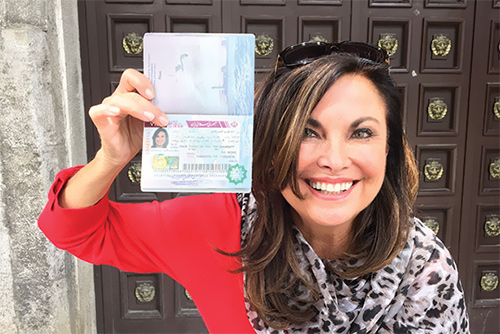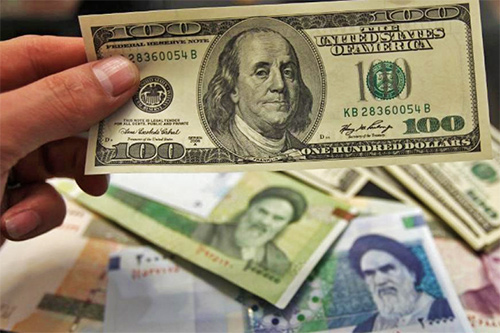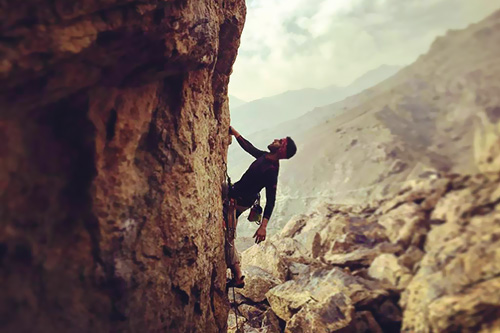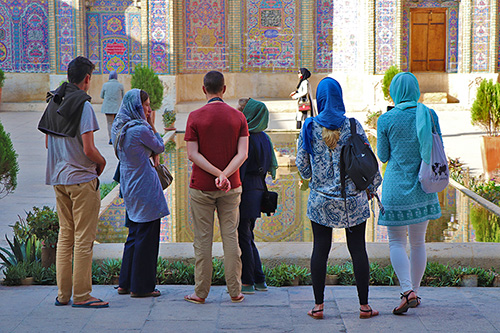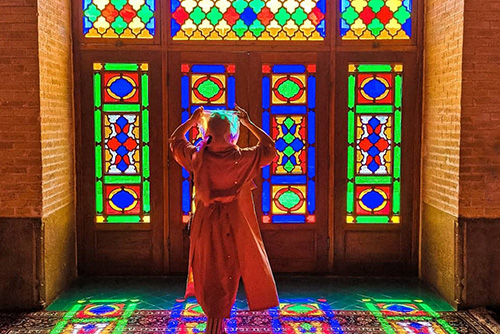 Signin with Google
Signin with Google Signin with Facebook
Signin with Facebook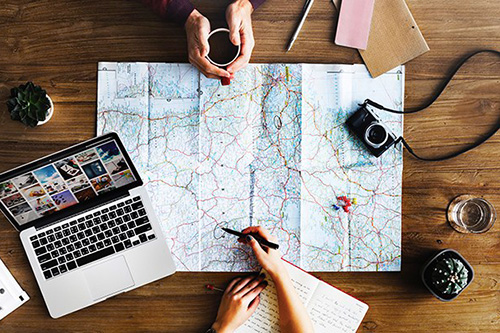
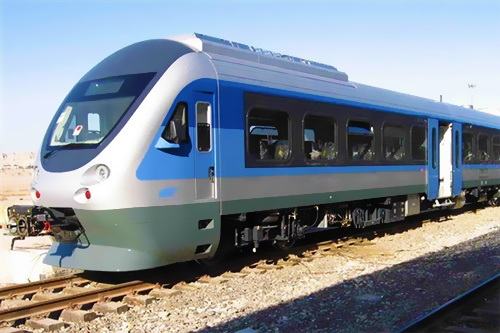 Before Traveling,Transportation
Before Traveling,TransportationAll to Know About Visiting Iran by Your Car / Motorcycle
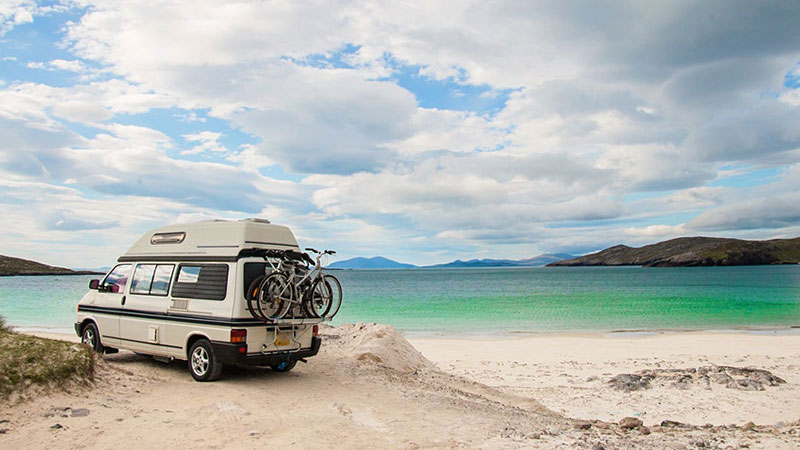
With so many ways to travel to another country, taking a road trip in your vehicle is one of the best ways to see the scenic beauties of a country. Travelling in your own vehicle gives the chance of a unique experience with a high level of freedom and flexibility. Iran, as a magical land, is on the wish list of so many road travellers. If you dream about taking the adventure in this exceptional land in your vehicle, we are going to give you helpful tips in this article.
Why travel by your car
Unforgettable experience of driving your vehicle in Iran
Travelling by your vehicle is a completely matchless experience with significant advantages. In this mode of travelling, you are significantly free with a flexible travel plan. You can stay whenever and wherever you want without any haste, or take new roads and not pass through the same classic routes to your destination. Travelling by car also presents the awesome opportunity of enjoying the fantastic sights while humming your favourite song with your fellow travellers. Finally, in comparison to other modes of transportation, travelling in your vehicle is cheaper, especially when you pool your car with friends.
Overland to Iran
Iran is a mesmerizing land with epic natural sceneries, countless cultural wonders, and extraordinary historical monuments. Besides those, the open-hearted nation welcomes you with warm hugs. Overlanding to this country takes you out of the guidebooks and encounters you with the unveiled image of life in Iran. Passing through lofty Alborz Mountains and enigmatic Hyrcanian Forests in the north, taking the route to the endless deserts in the middle of Iran, or heading to the incomparable beauties of the lands along the Persian Gulf, every single moment while travelling in Iran by car is an unforgettable experience.
Borders of Iran for entering by car
Iran is a wast country with many land and sea borders. If you are about to pass through the borders of Iran and Turkey, you can choose one of the most famous land borders in the northwest, named “Bazargan”. Entering from Azerbaijan, there are different borders to pass through like, "Julfa", "Astara", "Savar", "Beileh", and "Poldasht". If you opt to enter the country from Armenia, "Norduz" is another important land border in East Azerbaijan Province. Transiting your vehicle from northeastern neighbour countries like Uzbekistan and Turkmenistan, you should choose "Baajgiran" in Khorasan Shomali Province. For coming from Afghanistan, "Milak" and "Dogharoon" are two of the main borders in the southeast of Iran. "Mirjaveh" border is the spot where you can pass your car from Pakistan. If you are in the west and plan to pass through Iraq borderlines, "Shalamcheh", "Mehran", or "Bashmaq" are your choices. Choosing the southern sea borders of Iran, you should transit your vehicle through the Persian Gulf and Oman Sea.
Carnet De Passage, needed permissions to pass Iran borders
According to the Islamic Republic of Iran's rules, everyone older than 18 years of age with a valid international driving licence and the Carnet De Passage for his or her vehicle can hit the roads of Iran for six months. Getting your international driving licence is not that hard. You just need to register your licence with the national automobile association in your own country. Please note that there is no need to have an IDP or an International Driving Permit for being in Iran within the limitation of 6 months.
After having your licence in your hand, it is time to choose your preferred border to enter the country. To pass the borders with your vehicle, you should present visas both for you and your car. It is better to plan to get your visa before travelling but in some cases with the help of travel agencies, you could have it on your arrival. Your vehicle also needs a passport, a certification known as Carnet de Passage en Douance.
Carnet de Passage en Douance
To drive your car across the borders, you should get the Carnet de Passage en Douance (CPD). CPD or Yellow Book or Trip Ticket is like a passport for your vehicle, a document identifying your car number, model, colour, registration number, engine and seating capacity, registration number, and the market value. It shows that you are the owner of this vehicle as well as clarifying that you will stay in the country just for that specific period. So, without the necessity of paying a huge cash deposit, having this document, you can drive your motor vehicle to another country within a specific time. You can easily get a carnet for your car from the Automobile Associations, government office, or auto touring club in the country where your vehicle is originally registered like ACAD in Germany, AAA in Australia, ANWB in the Netherlands, TCS in Switzerland.

You can simply check their websites, fill out the required forms, pay 230$ for CPD, 70$ to 90$ for shipping your car within or outside of Europe, and the deposit fee. The import deposit fee is calculated by multiplying the value of your vehicle by the classified band of your destination country. The Alliance International de Tourisme (AIT) determined the classification band which varies between 1 to 8.
In case of not being successful to pay for a CPD in cash, you could also use an insurance policy or present a bank warranty to get permission to import your vehicle to your desired destination. It is good to know that if you can not export your car within that allowed period, in case of theft or irreparable damages, for instance, you have to pay the deposit and additional taxes.
Insurance of your card while driving in Iran
Auto or Car insurances protect you against unforeseen events like theft, natural disasters, and accidents. They are of three types:
- Provides you with a financial shield in case of any damage to your car
- Supports you if a third-party person or property get damaged
- Covers the injuries to you and your passengers
Third-party Insurance is compulsory in Iran no matter you are a car driver or riding a motorcycle. Before heading for Iran, it is better to talk to your insurance company and be sure about how they will fully support your vehicle and risk protection coverage overseas. You could also use reliable insurance companies in Iran to cover your trip.
Traffic Rules in Iran
You might have heard about the hazardous driving style of Iranians; however, it is not a big concern. Having these points in mind, you probably would not face any problem; Try to drive in lanes, respect the speed limitations (it is between 50 to 80 kilometers per hour in cities and 80 to 110 kilometers per hour outside cities), take the right side of the road and most importantly try to be patient with other drivers and the traffic jams specifically in the bigger cities like Tehran, Esfahan, Shiraz, and Mashhad.
It is good to know that the traffic police normally can stop your car in the streets or at roadblocks. In this case, just be calm and let the officials check your passport and vehicle documents. Also notice that drinking alcohol or using drugs while driving or having it in your car is against governmental rules and there is no tolerance for this issue.

Safety of roads in Iran
Although the rumours are about lack of safety or the harsh driving style of drivers in Iran, you can have a joyful time driving in Iran. Due to strict laws, lots of traffic cameras, and police stations both around the cities and along the roads and highways, safety is not an issue to worry about. Please pay attention that you are sharing the road with drivers with different movements and speeds, so be patient and do not drive hesitantly.
Iran is a four-season country where you start your journey on the seaside and after driving for a few hours you are in the middle of a desert. For this reason, you should be alert and equipped while driving in this wonderful land. When choosing your path, do a little research to find the best way to the destination, consider your access to roadside assistance, the environment, and weather. As a recommendation, know the emergency local numbers in case you need help, 110 for police, 125 for the fire station, and 115 for emergency and ambulance.
Accommodations on the roads of Iran
Major roads in Iran are generally good and there is no expectation of problems. You will drive on fairly wide and asphalted roads. There are traffic signs both in English and Farsi everywhere on the roads to help you find your way to the expected destination.
You could find motels and restaurants beside the roads. To avoid any unexpected event like food poisoning, try to follow the truck drivers. They know good places to dine and stay after long years of driving on these roads.
It is worth mentioning that due to sanctions Iran's banking system is not connected to the international banking system and credit cards are useless in Iran. Thus, you should get used to knowing the currency and carrying batches of banknotes with you. You could also use alternative debit cards known as Iran Tourist Card.
Repair shops and Petrol fuel card
There are numerous repair shops in every big city and small town. In case of facing a breakdown or necessity for repair, there are shops where you can find spares to fix or replace any part of your vehicle. Mechanics in Iran are skilful and you can trust their knowledge and experience. Known for being hospitable and kind, repairmen do whatever they can to help you.
Iranians use a special credit card, called a fuel card, to buy a limited amount of petroleum at a lower price. But do not worry. You will have no problem finding petrol and diesel in here. Even with imposed tariffs, the price of fuel is so low. Although there are enough gas stations in cities and on the roads, it is better to always fill up the jerry can to avoid any possible trouble.
Notes about travelling to Iran by your private car
Before arranging your plan to overland to Iran, it is worth noting that
- Motorcycles and cars with an engine capacity above 2500 cc are just allowed to drive in Iran for five days.
- British, American, and Canadian citizens should have a certified guide in tow to travel in Iran.
- In the case of renting a car, your leasing agent must provide you with a lease agreement and vehicle specifications
By Samaneh Zohrabi / TasteIran
